BMW X3 VS SsangYong Rexton – Specs, Efficiency & Price Comparison
Find out now which car fits your needs better!
The BMW X3 (SUV) is powered by a Petrol MHEV, Diesel MHEV or Plugin Hybrid engine and comes with a Automatic transmission. In comparison, the SsangYong Rexton (Off-Roader) features a Diesel engine and a Automatic gearbox.
When it comes to boot capacity, the BMW X3 offers 570 L, while the SsangYong Rexton provides 784 L – depending on what matters most to you. If you’re looking for more power, you’ll need to decide whether the 398 HP of the BMW X3 or the 202 HP of the SsangYong Rexton suits your needs better.
There are also differences in efficiency: 0.90 L vs 8.20 L. In terms of price, the BMW X3 starts at 50900 £, while the SsangYong Rexton is available from 41100 £.
Compare all the key specs now and find out which model fits your lifestyle best!
BMW X3
The BMW X3 stands out in the competitive SUV market with its refined blend of performance and luxury. Its interior boasts high-quality materials and a design focused on driver comfort and convenience. With a robust engine lineup, the vehicle offers a balanced driving experience that caters to both urban settings and off-road adventures.
details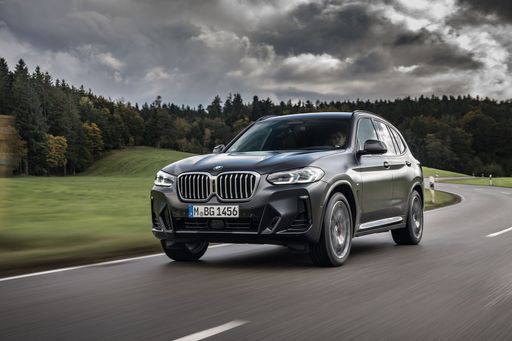 @ press.bmwgroup.com
@ press.bmwgroup.com
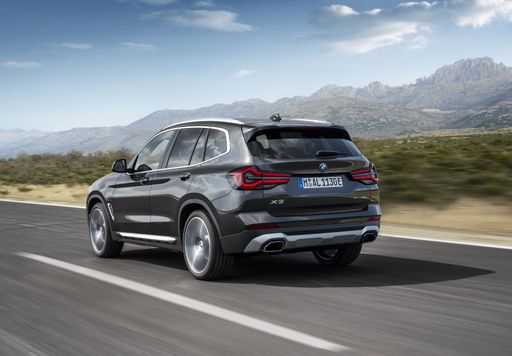 @ press.bmwgroup.com
@ press.bmwgroup.com
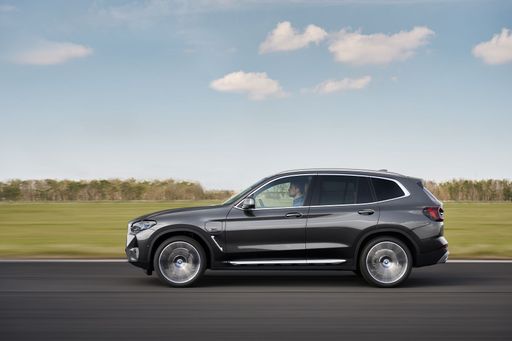 @ press.bmwgroup.com
@ press.bmwgroup.com
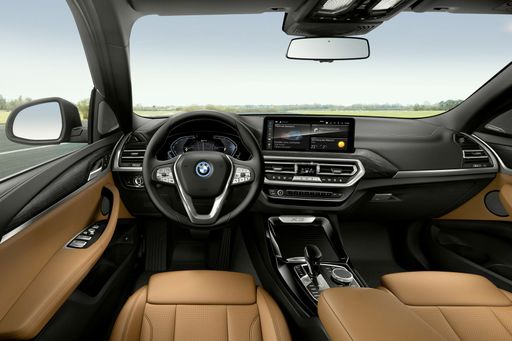 @ press.bmwgroup.com
@ press.bmwgroup.com
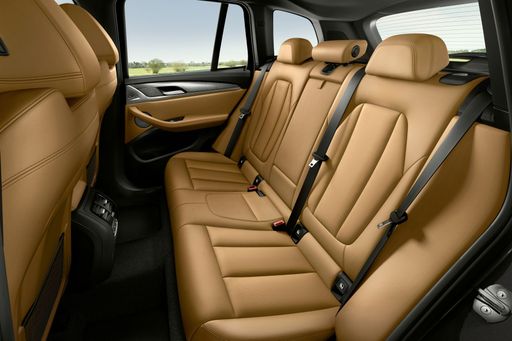 @ press.bmwgroup.com
@ press.bmwgroup.com
SsangYong Rexton
The SsangYong Rexton stands out in the SUV segment with its robust design and commanding presence on the road. It offers a spacious interior with high-quality materials, providing comfort and practicality for both driver and passengers. The Rexton combines off-road capability with modern technology, making it an attractive option for those seeking a versatile and durable vehicle.
details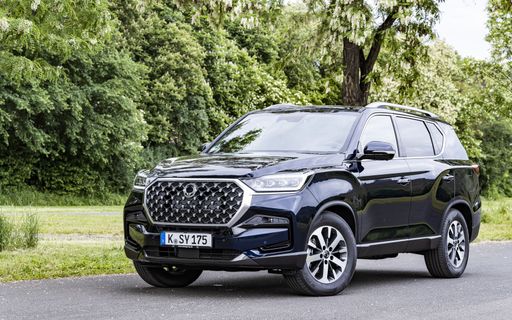 @ Ssangyong
@ Ssangyong
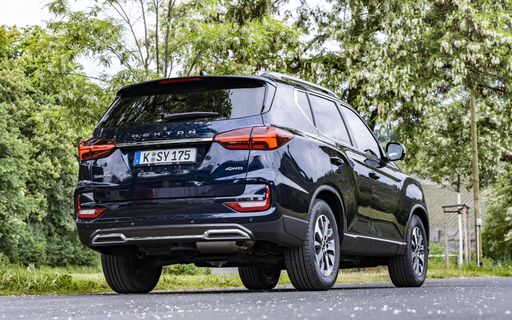 @ Ssangyong
@ Ssangyong
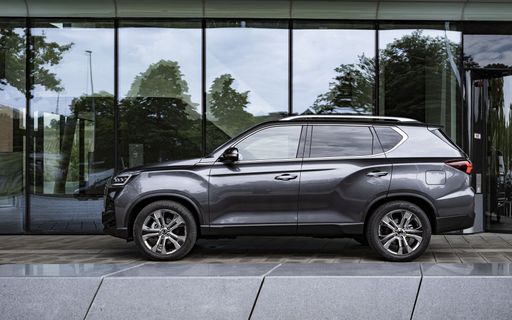 @ Ssangyong
@ Ssangyong
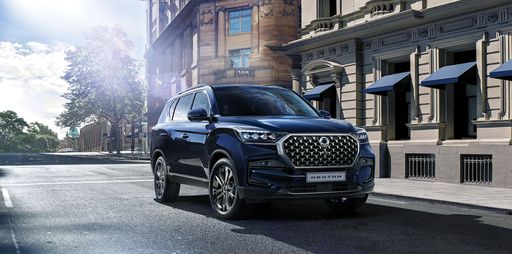 @ Ssangyong
@ Ssangyong
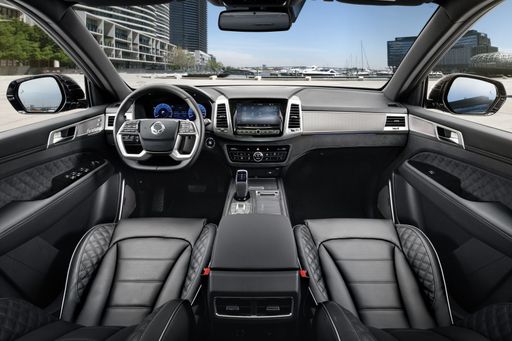 @ Ssangyong
@ Ssangyong

|

|
|
|
|
Costs and Consumption |
|
|---|---|
|
Price
50900 - 72400 £
|
Price
41100 - 51300 £
|
|
Consumption L/100km
0.9 - 7.7 L
|
Consumption L/100km
8.20 L
|
|
Consumption kWh/100km
-
|
Consumption kWh/100km
-
|
|
Electric Range
90 km
|
Electric Range
-
|
|
Battery Capacity
19.70 kWh
|
Battery Capacity
-
|
|
co2
21 - 175 g/km
|
co2
214 - 216 g/km
|
|
Fuel tank capacity
50 - 65 L
|
Fuel tank capacity
70 L
|
Dimensions and Body |
|
|---|---|
|
Body Type
SUV
|
Body Type
Off-Roader
|
|
Seats
5
|
Seats
5 - 7
|
|
Doors
5
|
Doors
5
|
|
Curb weight
1930 - 2140 kg
|
Curb weight
2145 - 2180 kg
|
|
Trunk capacity
460 - 570 L
|
Trunk capacity
236 - 784 L
|
|
Length
4755 mm
|
Length
4850 mm
|
|
Width
1920 mm
|
Width
1960 mm
|
|
Height
1660 mm
|
Height
1825 mm
|
|
Payload
570 kg
|
Payload
655 - 770 kg
|
Engine and Performance |
|
|---|---|
|
Engine Type
Petrol MHEV, Diesel MHEV, Plugin Hybrid
|
Engine Type
Diesel
|
|
Transmission
Automatic
|
Transmission
Automatic
|
|
Transmission Detail
Automatikgetriebe
|
Transmission Detail
Automatic Gearbox
|
|
Drive Type
All-Wheel Drive
|
Drive Type
All-Wheel Drive
|
|
Power HP
197 - 398 HP
|
Power HP
202 HP
|
|
Acceleration 0-100km/h
4.6 - 7.8 s
|
Acceleration 0-100km/h
10.60 s
|
|
Max Speed
215 - 250 km/h
|
Max Speed
184 km/h
|
|
Torque
330 - 670 Nm
|
Torque
441 Nm
|
|
Number of Cylinders
4 - 6
|
Number of Cylinders
4
|
|
Power kW
145 - 293 kW
|
Power kW
148 kW
|
|
Engine capacity
1995 - 2998 cm3
|
Engine capacity
2157 cm3
|
General |
|
|---|---|
|
Model Year
2024 - 2025
|
Model Year
2021 - 2023
|
|
CO2 Efficiency Class
F, E, B
|
CO2 Efficiency Class
G
|
|
Brand
BMW
|
Brand
SsangYong
|
BMW X3
Introducing the BMW X3: A Blend of Power and Innovation
The BMW X3 is a testament to the brand’s commitment to merging luxury with cutting-edge technology. This SUV not only offers impressive on-road performance but also showcases innovative features that cater to both petrolheads and eco-conscious drivers.
Powerful Performance Across the Range
The BMW X3 comes with various powertrain options to suit diverse driving preferences, ranging from efficient plug-in hybrids to powerful petrol and diesel mild-hybrids. With performance outputs ranging from 184 PS to an impressive 510 PS, the X3 proves its versatility on the road. Paired with BMW's renowned automatic transmission, each model offers a smooth and responsive driving experience complemented by the brand's xDrive all-wheel-drive system.
Leading-Edge Hybrid Technology
Among the X3's portfolio, the plug-in hybrid variants stand out with their optimal balance between efficiency and performance. These models boast electric-only ranges up to 90 km, ideal for urban driving with minimal emissions. Meanwhile, the mild-hybrid systems enhance efficiency by recuperating energy during deceleration and supporting the combustion engine, optimizing fuel consumption ranging from 0.9 L/100km to 10.8 L/100km depending on the model.
Contemporary Design with Practical Features
From a design perspective, the BMW X3 maintains its iconic SUV silhouette, characterized by robust proportions and sleek, aerodynamic lines. With dimensions of up to 4755 mm in length and a luggage capacity of up to 570 litres, it caters to both style enthusiasts and practical users. Additionally, the interior showcases BMW’s commitment to sophistication, featuring high-quality materials, state-of-the-art infotainment systems, and comprehensive driver-assistance technologies.
Efficiency Meets Performance
The X3's impressive performance figures are complemented by its responsible approach to CO2 emissions, aligning with EU efficiency standards. Enhanced by its comprehensive suite of driver aids and intelligent safety features, the X3 ensures both the thrill of driving and peace of mind.
Conclusion: The Ultimate Driving Companion
In essence, the BMW X3 represents the perfect intersection of dynamic performance, fuel efficiency, and modern-day technology. With options catering to diverse needs and preferences, it remains a leading choice for drivers seeking versatility, innovation, and luxury.
SsangYong Rexton
The SsangYong Rexton: Rugged Elegance on Wheels
The SsangYong Rexton is a versatile SUV that combines robust off-road capabilities with luxurious touches, making it a compelling choice for those who demand both adventure and comfort. Let's dive into the technical nuances and innovations that set this vehicle apart in the competitive SUV segment.
Powertrain Excellence
Under the hood, the SsangYong Rexton embodies power and efficiency with its diesel engine. The e-XDI 220 engine delivers an impressive 202 PS, equating to 148 kW, and generates a torque of 441 Nm. This power is distributed through a sophisticated automatic transmission system, ensuring smooth gear changes and an ideal blend of performance and economy. With an all-wheel-drive system, drivers can confidently tackle diverse terrains, making this SUV a capable partner on any journey.
Impressive Fuel Efficiency and Range
Despite its robust performance, the Rexton is mindful of fuel consumption, boasting a fuel economy of 8.2 L/100km. This efficiency is complemented by a sizeable 70-litre fuel tank, providing an extensive driving range, whether you're navigating urban landscapes or venturing off the beaten path.
Design and Practicality
With dimensions of 4850 mm in length, 1960 mm in width, and 1825 mm in height, the Rexton has a commanding presence. Inside, it offers flexible seating arrangements for up to 7 passengers. The boot space, ranging from 236 to 784 litres, ensures you have ample room for all your gear, making it an ideal companion for family trips or outdoor adventures.
Safety and Technology
Safety is paramount in the SsangYong Rexton. The vehicle is equipped with a suite of advanced safety features, although specifics aren't detailed here. Additionally, modern technological integrations in the Rexton enhance the driving experience, making each journey as enjoyable as it is secure.
Cost-Effectiveness
With monthly running costs ranging between €1075 and €1196 and a cost per kilometre of 86 to 95.7 cents, the Rexton offers a balance of power and efficiency without breaking the bank. The vehicle's price range of €47,990 to €59,890 reflects its premium build and the luxuries it affords its owners.
Environmental Considerations
Though the Rexton impresses with its suite of features, it's worth noting its CO2 emissions, classified in the G efficiency class. With emissions between 214 and 216 g/km, potential buyers might consider how the Rexton's performance aligns with their environmental priorities.
Conclusion: A Commanding SUV Choice
The SsangYong Rexton encapsulates the essence of a modern SUV with its blend of rugged capability, luxury, and intelligent design. Whether you're an urban commuter or an off-road enthusiast, the Rexton promises a driving experience that stands out in both style and substance.
The prices and data displayed are estimates based on German list prices and may vary by country. This information is not legally binding.
